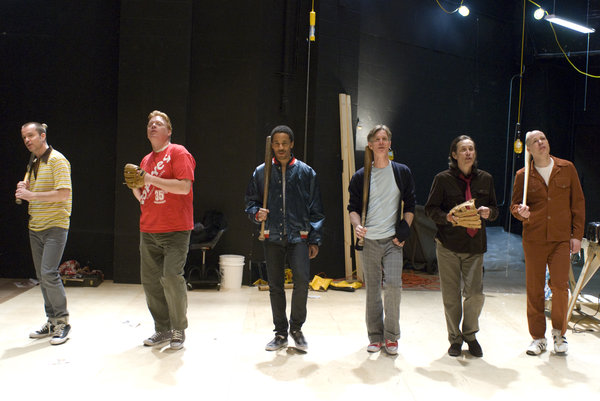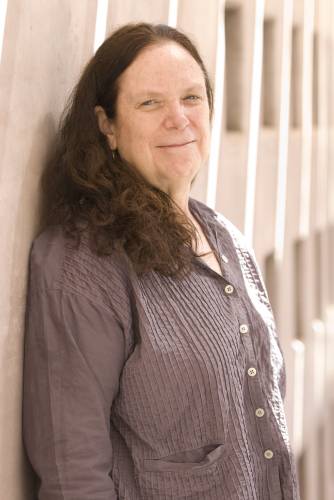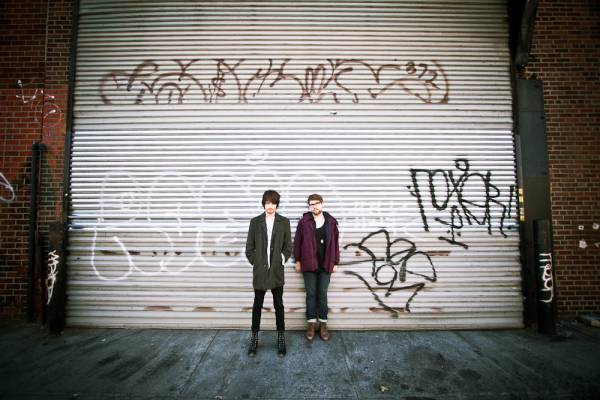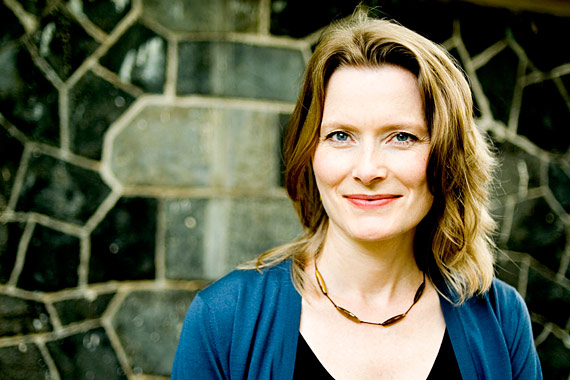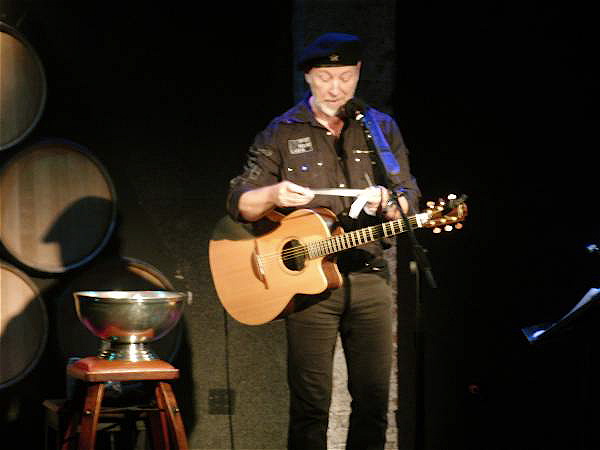
SELF magazine’s Workout in the Park returns to Rumsey Playfield on Saturday — and twi-ny has free tickets to give away!
SELF WORKOUT IN THE PARK
Central Park, Rumsey Playfield
Enter at 72nd St. & Fifth Ave.
Saturday, May 7, $20, 11:00 am – 3:00 pm (registration begins at 9:00 am)
www.selfworkoutinthepark.com
New Yorkers of all sizes and abilities will be getting long and strong with seventeen different classes at Rumsey Playfield in Central Park this Saturday during SELF magazine’s annual Workout in the Park. SELF tapped innovative fitness specialist Crunch to present everything from Masala Bhangra’s Bollywood-flavored moves to Retro-Robics (anyone remember the eighties? Jane Fonda?) and the classic Beach Body burn to brand-new workouts such as LaBlast, cardio fat-burning ballroom moves inspired by Dancing with the Stars; a special Glee class where you’ll learn songs and dances from the show; KAMA Strength, inspired by the Kama Sutra (which muscles will you be using for that class?); and Reebok Toning Zone, a total-body regimen that exploits the training advantages of Reebok EasyTone sneakers. Participants will also get style, beauty, and nutrition consultations, plus a goodie bag with exclusive freebies from sponsors PopChips, Garnier, and more. The special guest emcee for the four-hour event is Z100’s Danielle Monaro, the self-described “tough chick from the Bronx” who brings the Sleaze to Elvis Duran and the Morning Show every day at 6:30, 7:30, and 8:30. In between exercising and gossiping, Danielle talked to twi-ny about getting pumped up.

Danielle Monaro, who brings the Sleaze to Z100’s morning show, will aim to please as host of the annual SELF Workout in the Park on Saturday
twi-ny: When we New Yorkers get outside, we’re crazy for parks. What’s your favorite park? What’s your favorite indoor way to keep fit?
Danielle Monaro: I love Overpeck Park in Teaneck, New Jersey. It’s great for rollerblading! When I work out inside I got to Tiger Schulmann’s mixed martial arts classes.
twi-ny: As a Z100 personality, you’re around some pretty hot music all day long. At Workout in the Park, SELF is featuring workouts inspired by Glee and Dancing with the Stars. What’s your favorite workout song or type of music to exercise to?
Danielle Monaro: Right now I work out to the Jessie J CD (Who You Are)! I also love Adam Lambert, Jesse McCartney, Pink, and Craig David. They all get me pumped.
twi-ny: New Yorkers are known for being a bit obsessive about fitness. We’ve seen a guy swing a golf club on Madison Avenue and people X-country skiing down Park Ave. during a blizzard. What’s the wackiest workout you’ve ever tried?
Danielle Monaro: I have tried many workouts, but to be honest they are pretty normal! Lollllllll
TWI-NY GIVEAWAY PACKAGE: Tickets are $20 and must be purchased in advance, but twi-ny has a pair to give away right now for free, along with a water bottle and an iRenew bracelet. Just send your name and daytime phone number to contest@twi-ny.com by Thursday, May 5, at 12 noon to be eligible. All entrants must be twenty-one years of age or older; one winner will be selected at random.
